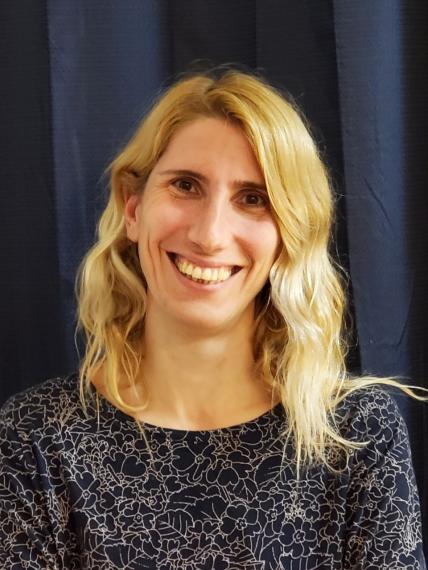Erica Pensini

Find Related People by Keyword
Education and Employment Background
Dr. Erica Pensini received her PhD in Environmental Engineering from the University of Toronto in 2012. Between 2012 and 2014, she held a position as a Postdoctoral Researcher at the University of Alberta. She then worked as a Research Associate for SANJEL in Calgary, Alberta, and a Scientist for SABIC in Geleen, Netherlands. Pensini joined the School of Engineering at the University of Guelph in 2017 where she is currently an Assistant Professor.
Research Themes
My current research focuses on soft matter, with applications in three key areas: 1) piezoelectric gels for clean energy production; 2) new energy-efficient water treatment technologies, that enable water reuse and restoration of polluted aquifers; 3) water-miscible pollutant migration in impacted aquifers.
Piezoelectric gels for clean energy harvesting
Piezoelectric materials generate electrical energy when mechanical energy is applied to them, and can thus be used for energy harvesting. The Pensini lab is developing piezoelectric hydrogels with high water content (90wt%). We are investigating the correlation between the characteristics of self-assembled structures and energy harvesting effectiveness. We use a combination of techniques to probe molecular interactions and self-assembly, including Fourier Transform Infrared Spectroscopy and synchrotron small angle X-ray scattering. Rheology is used to probe the mechanical properties of the gels.
Separation of Miscible Pollutants from Water
The Pensini lab separates water from toxic water-miscible solvents with amphiphiles that compete with the solvents for hydrogen (H) bonds with water. Water is an ensemble of species that donate or accept one or more H-bonds. Water miscible solvents H-bond with different water species. Amphiphiles that compete with solvents for the same water species enable water-solvent separation, to purify water. Also, selected amphiphiles can simultaneously remove toxic metal ions from water.
Mixing behavior and migration of miscible solvents in groundwater
The Pensini lab investigates the mixing behavior of toxic miscible solvents in groundwater with different chemistries (i.e., ions), in relationship to their migration in impacted aquifers. For example, sulfolane is a pollutant used in the oil and gas industry. We found that sulfate ions contributed by the dissolution of gypsum in some Canadian aquifers (in Alberta) separate sulfolane from water, delaying its migration in polluted aquifers. In this context, we probe molecular interactions between the components of ternary mixtures containing water, miscible solvents and ions using spectroscopy (e.g., FTIR). We study the structure of water in the presence of solvents and ions using synchrotron small angle X ray scattering and small angle neutron scattering, fluorescence spectroscopy and synchrotron X-ray absorption fine structure (XAFS). We also harness XAFS to probe pollutant sorption onto model surfaces.
Highlights
- NSERC Alliance (awarded twice: 2017 and 2024)
- OMAFRA Alliance (awarded three times: 2018-2021, 2020-2023 and 2021-2024)
- NSERC Discovery Grant, 2018
- Ontario Centres of Excellence grant, 2017
Media Coverage
- CTV News Calgary: 'How much time do we have?': 'Contamination' in Prairie groundwater identified
- Livestock Research: UG looking for alternatives to agricultural plastics
- Canadian Light Source: Modifying water’s structure as low-energy method for removing pollutants